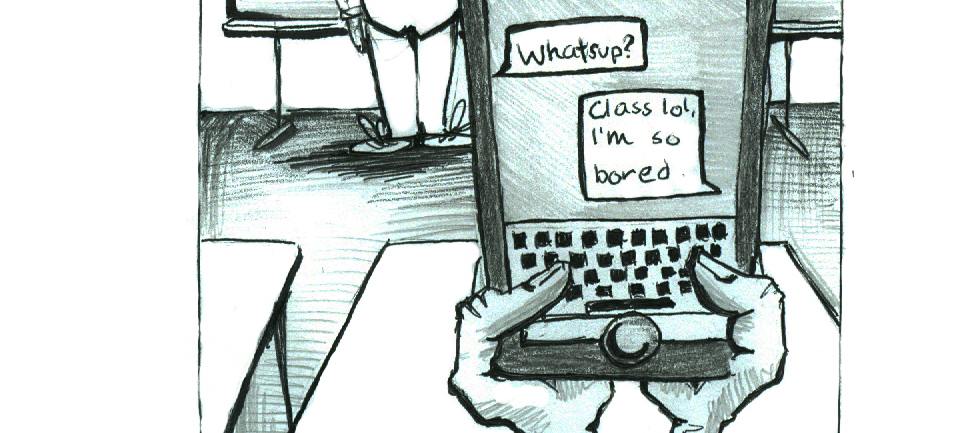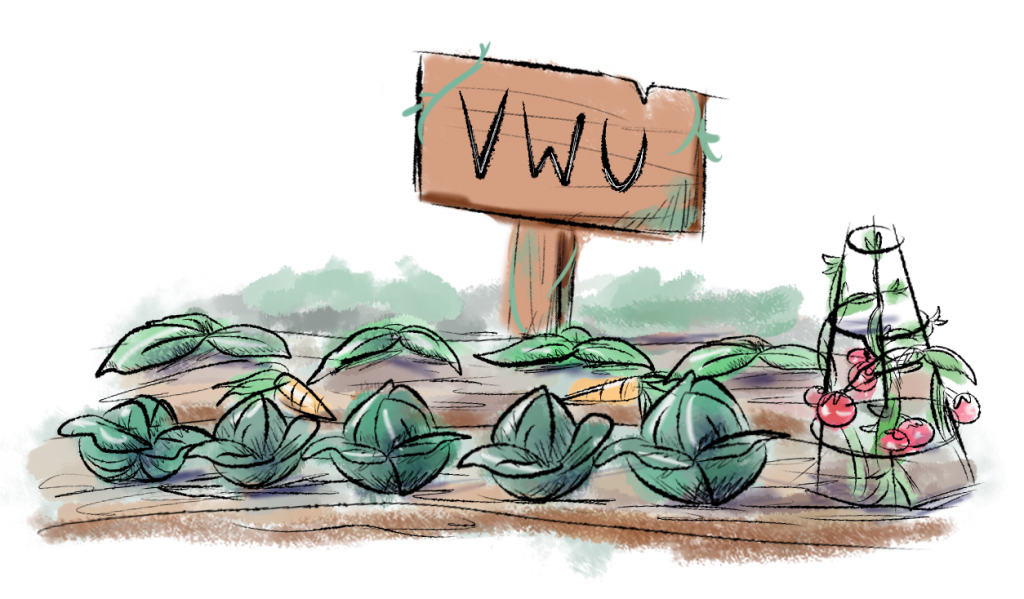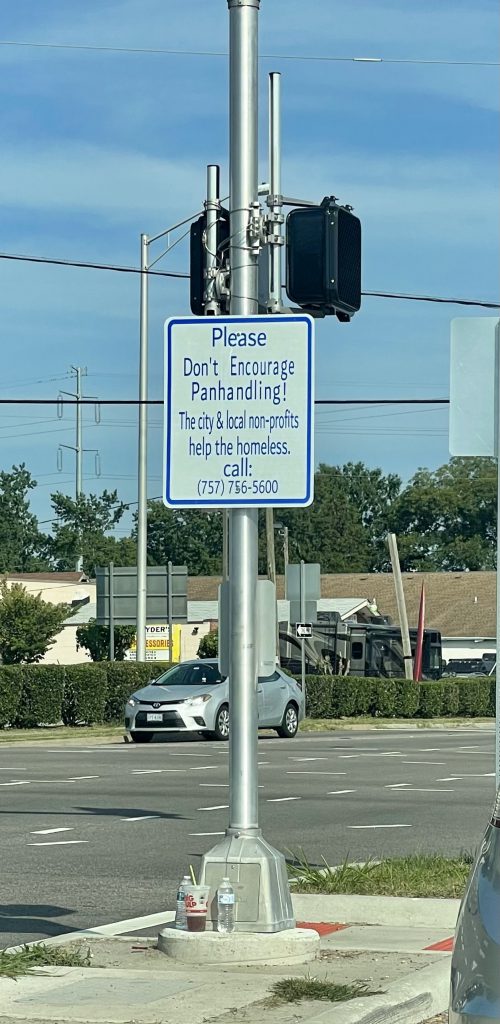What could be done better to have the BHC represent VWU
I am white. I make the grand majority of my Batten Honors College cohort. Despite the population of Virginia Wesleyan University having an over 45% population of students of color or varying ethnic backgrounds, only about 12% of my cohort is non-white. That number is similar for the class of 2028 cohort.
I and many others were quick to notice this disparity. Still, there is sizable confusion as to why this is. The pools of applicants and Honors Competition attendees do not represent this final percentage and look more akin to how the rest of the student population does. There is a question of if this is due to a lack of people of color accepting offers, or if this is a matter of non-holistic applicant review.
Further, how can this be abridged? How can the Batten Honors College better access and serve the VWU and local community as a whole? As a school that represents diversity of thoughts and background, how is it that in this area we are so lackluster, continuously failing and flailing?

Mars Johnson|Marlin Chronicle
It is not a secret that VWU serves a community that heavily relies on Federal Financial Aid. With this being the case, the BHC is a great opportunity for bright young adults to fund their academic futures and be in a space where they can thrive in a living and learning community. Generally, the BHC isn’t marketed well. In my freshman year here at VWU, I learned that many of my peers were unaware of the Honors College up until they stepped foot on this campus–many of whom I would consider ideal candidates for the BHC. I can see marketing being a general issue of this program, with that amplified in communities where college visits and conversations are somewhat rarer.
Taking the geographic community into consideration, the BHC may attribute some of its lack of diversity to our proximity to Norfolk State University, an HBCU. NSU also has an honors college that appeals to academically successful and voluntarily involved students. These factors contribute more substance to the general applicant pool of VWU than to the BHC specifically from what I can assume. If this is the case, VWU could do a better job at making other students on campus aware of the BHC prior to their attendance here.
The BHC is exclusive, extending to only freshman students, unlike many other universities. With our BHC, if you are not made aware and do not apply before February of the spring prior to your fall attendance, there is no possible way to be considered for the honors college. VWU is delightfully flexible in its rolling admissions status, serving as a place for those who weren’t sure what college would look like for them, or thought it may be “too late” to apply to a 4 year.
This flexibility ends at the Honors College. The reasons for this are listed and explained in detail throughout the BHC curriculum and university website, mostly with the reasons of required coursework by academic enrollment year, fixed amounts of BHC cohort students, and required Study Abroad experiences. VWU could take a look at other universities and see how their honors college and applicant pool acceptance compares, considering adding a second-chance pool for sophomore applicants.
Every year, students who initially joined the BHC or enrolled at VWU find that either the BHC program or the university are not for them. The coveted 40 slots per cohort is suddenly no longer at capacity, and could be filled again with sophomore applicants instead. Many made belatedly aware of the BHC have interest in it, but just missed the opportunity. This circles back to the conversation of diversity. Students who come from communities where college is not best supported or seen as a possibility may not initially see the BHC as an option for them.
Being able to take that chance while already enrolled at VWU would be a game changer, and could absolutely aid in the leveling of our statistics.
Diversity is not inherently correlated to race and ethnicity–it encompasses differences of thought, religion, background, family status, ability, identity and more. The BHC does a decent job of maintaining diversity in the other areas listed, but, just maybe, the pendulum has swung too far, and the initial characterizers for diversity–race and ethnicity–are now neglected. I would like to see this community that I have such an appreciation for being representative of the university population as a whole. Every student should be able to look at the BHC and, in some manner, see themselves there.
MJ is a sophomore Earth & Environmental Science Major. She is also the Opinions editor.
By MJ Matthews


